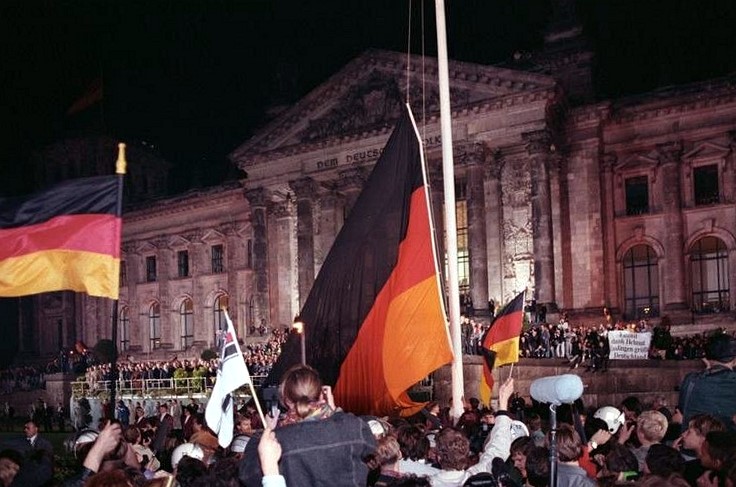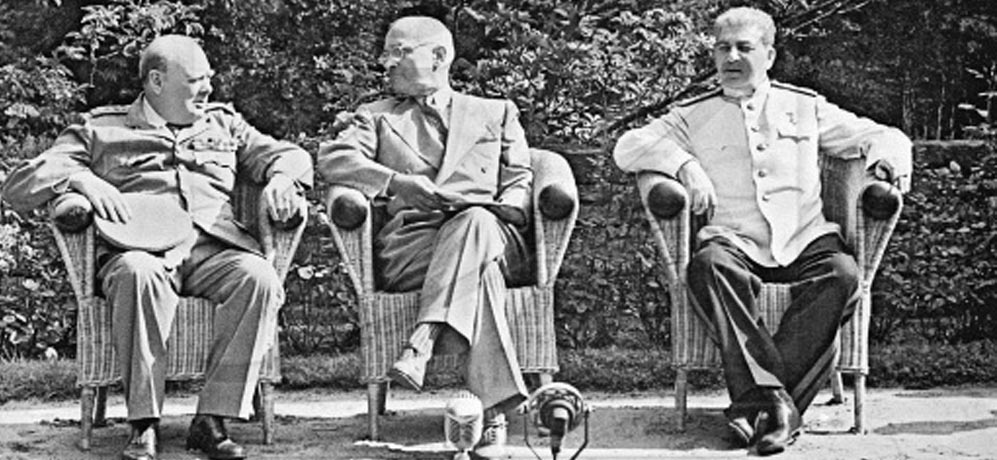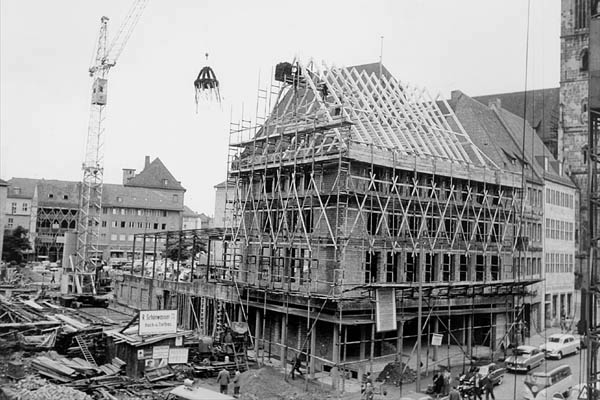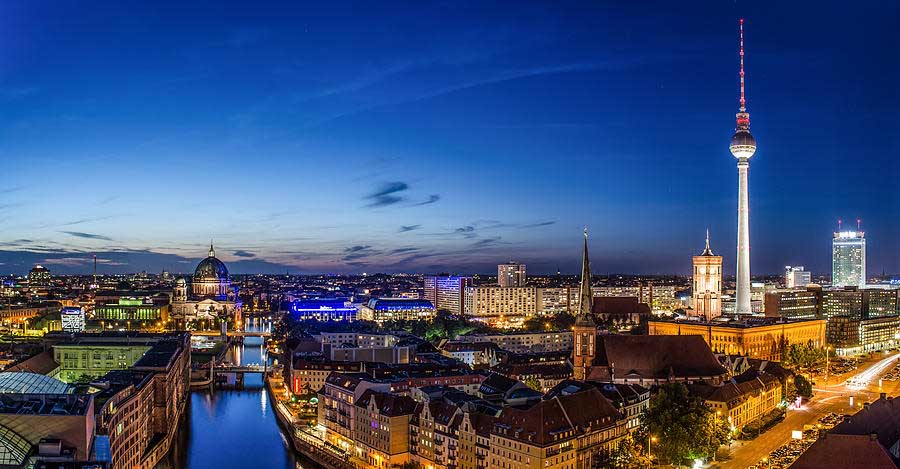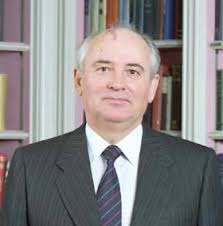
Mikhail Gorbachev was instrumental in the fall of the Berlin wall and the end of the cold war.
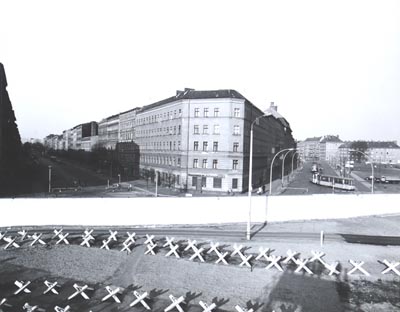
"The Anti Fascist Protection Barrier".
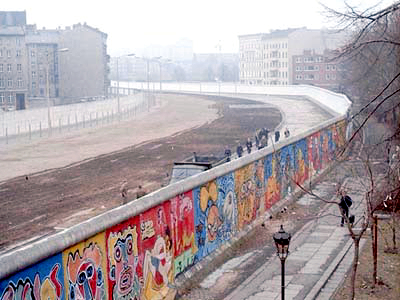
The Berlin wall was used as a canvas for many artists.
Soviet Invasion of Afghanistan
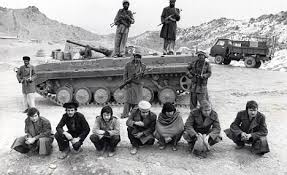
The Soviet war in Afghanistan was the military intervention Soviet Union in Afghanistan 1979-1989 on the side of the government against the numerous groups of Afghan Mujahid which was politically and materially supported by the leading countries of NATO and the Islamic world. By mastering Afghanistan the Soviet Union hoped to secure the loyalty of other Islamic Soviet republics Turkmenistan, Uzbekistan, Tajikistan and Kyrgyzstan).
Afghan Civil War
The head Nur Muhammad Taraki had been asking for military support from the Soviet Union since 1978 to combat domestic unrest, but at the time had rejected their request as was their foreign policy at the time. But at this time the KGB feared that the rebel leader Amin could prove to be a threat and may invite NATO troops into Soviet soil to secure power for himself and this as enough to convince the leadership of the USSR to take action in Afghanistan.
The aim of this invasion was to set up a Soviet-friendly, sound proof Moscow regime in Kabul and to pacify the country by force, so at the same time to secure the southern flank of the Soviet Union.
The Soviet Union Intervened in support of their fellow communist government in Afghanistan against their anti-communist Islamic rebels during the Afghan war which ran from 1978-1992 and withdrew in February 1989.
In 1978 Afghanistan’s government led by President Mohammad Daud Khan was overthrown by military officers led by Nur Mohammad Taraki who was a left wing sympathiser. The resulting government was made up of two left wing political groups, the Peoples Party and the Banner Party (Khalq and Parcham) who were formerly known together as the People’s Democratic Party of Afghanistan and were reunited as a coalition before the coup.
The new left wing government aligned itself closely with the Soviet Union but was unpopular with the populace in the whole, it began land reforms and purged any domestic political challenges which enraged the Muslim anti-communist population.
Insurgents began to organise against the government into various groups which were collectively known as the Mujahideen.
Soviet Intervention in Afghanistan
It is these uprisings which eventually prompted the Soviet Union to intervene in December 1979 as they were worried about western corruption in the region and wanted the communist party to stay in power. The USSR sent in 30,000 troops and ended the brief presidency of the People’s party leader Hafizullah Amin. The Soviets hoped to prop up their faltering communist client state who were now led by Baprak Karmal but the party remained unpopular among the populace.
But with backing from Western powers such as the USA, the Mujahideen rebellion grew stronger and spread right across Afghanistan and even the state army started to become victim of desertions leaving the army a largely ineffective force.
Stinger Missiles
The war raged on but eventually settled into a stalemate, the stronger Soviet forces in control of the cities but unable to quell the rebels across the vast countryside. The Soviet army then turned to the unsavoury tactic of bombing rural areas in an attempt to stamp out the civilian support for the Mujahideen, this prompted a mass migration with much of the population seeking refuge in Pakistan and Iran. Supported and supplied by the USA the Mujahideen were able to counteract the Soviet air power with the use of ‘Stinger Missiles’ supplied by the US and credited by many as being the weapon that turned the table in the war.
The Mujahideen were able to slowly improve their arms through their western allies and their war coordination, a difficulty they had faced since the start of the war due to the varying independence of the fighting groups. They also added to their ranks a number of Muslim volunteers from all over the World known as the ‘Afghan Arabs’ and thus the Soviet army was unable to deal the killer blows to the Mujahideen.
Soviet Withdrawal from Afghanistan
By the late 1980’s the Soviet Union was in midst of a revolution which would eventually see the end of the USSR. Having failed in their attempt to install a stable and sympathetic government in Afghanistan the Soviet Union signed an agreement with the United States, Pakistan and Afghanistan to withdraw its military presence in the country. They Soviet Union had removed their troops in February 1989 and Afghanistan was left to govern itself.

